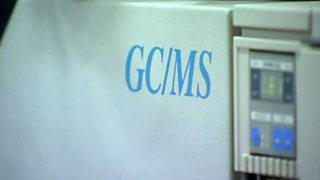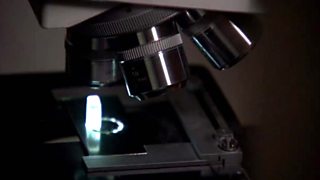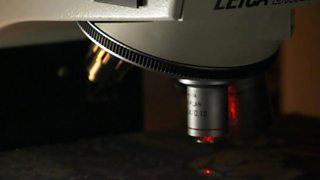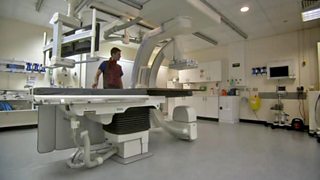X-ray fluorescence (XRF)
XRF is a very useful non-invasive tool used to analyse the pigments used in a painting.

XRF differs from X-radiation in that it is used to analyse the pigments used in a painting rather than its overall condition.
XRF occurs as a consequence of changes that take place within an atom. When stable atoms are subjected to X-rays their stability is disturbed and the energy levelof the atom changes. This difference in energy is released as a secondary X-ray.
Every element will give off a different energy change and the changes can be measured to give a reading of what elements are present.
Each pigment used in a painting will be made up of different element so once you have identified the elements you can then piece together what pigments are present. These pigments can then be cross-referenced with that artist’s known palette to help draw conclusions about attribution.
Portable XRF devices are popular and convenient, but it’s important that they are used within a controlled area. This means no person should be within 3 metres in front of the unit or 1 metre to the sides.
Large area micro X-ray fluorescence spectrometry
This is a non-invasive analytical tool which uses the same principles as XRF (above), but instead of analysing a tiny area of a picture this state-of-the-art scanner can map the distribution of pigments across the whole painting surface in one go.
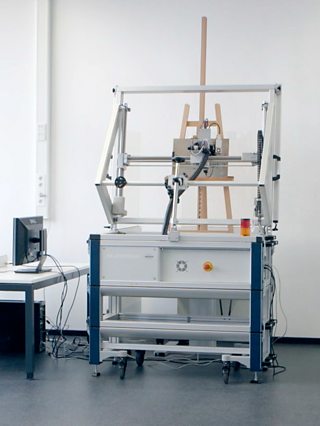
This is cutting edge technology - very few of these machines exist and conservators all over the world are queuing up to use it.
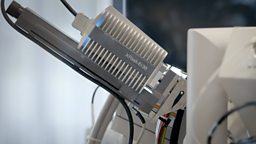
Other techniques
-
![]()
Gas chromatography–mass spectrometry (GC-MS)
For identifying the binding medium in paint
-
![]()
Infrared radiation (IR)
For looking under the surface of a painting
-
![]()
Microscopy
For identifying each layer of paint
-
![]()
Multispectral scan
For seeing through each layer of paint
-
![]()
Raman laser spectroscopy
For identifying pigments used in a painting
-
![]()
Thread count
For comparing canvas types
-
![]()
X-radiation (X-ray)
For examining the overall condition of a painting
